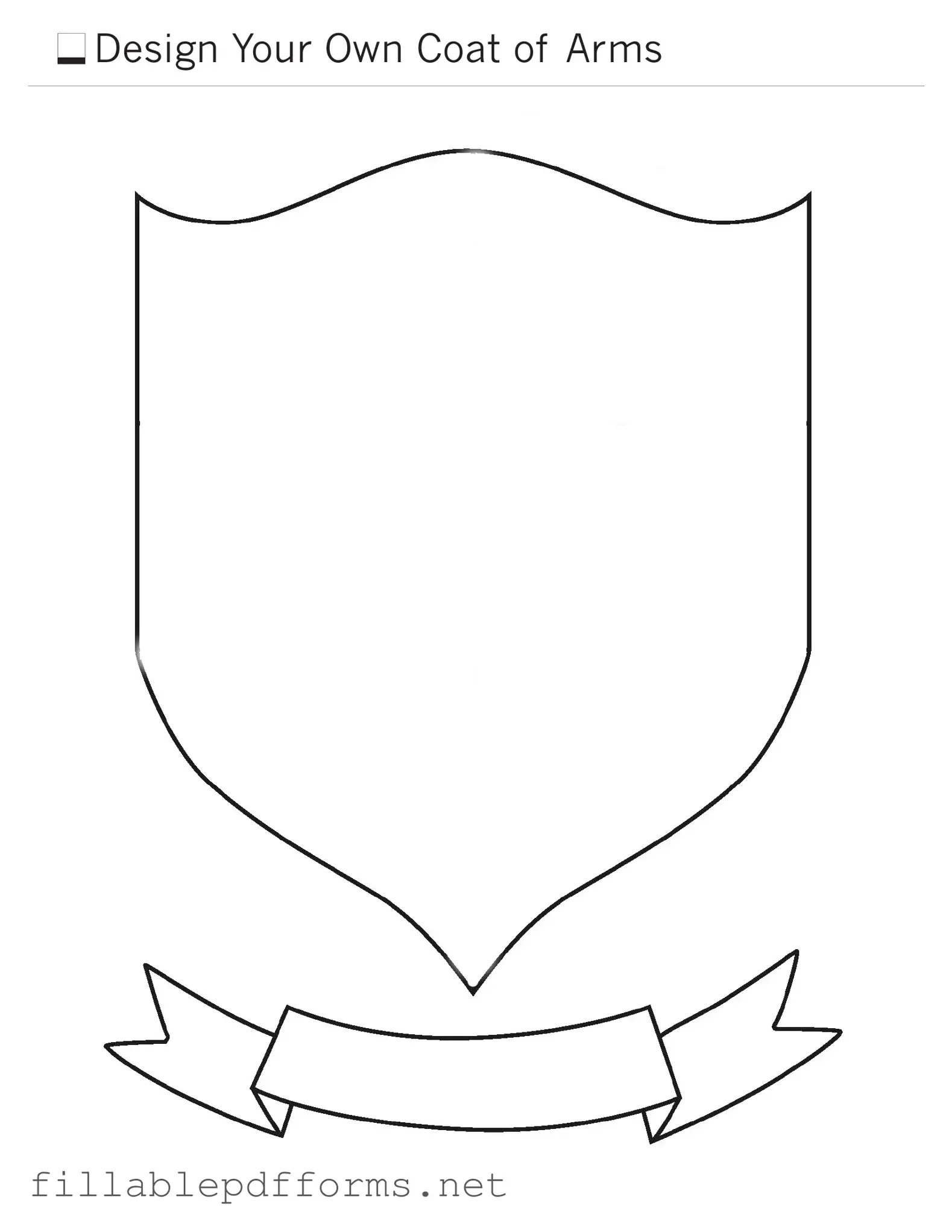The Coat of Arms form serves as a vital document for individuals and organizations seeking to establish or register their heraldic symbols. This form not only provides a structured way to present the various elements of a coat of arms, such as colors, symbols, and designs, but it also plays a crucial role in preserving the rich traditions associated with heraldry. By detailing the specific components that make up the coat of arms, including the shield, supporters, and crest, the form ensures that each design is unique and reflective of the identity it represents. Additionally, it often requires the applicant to provide background information, such as the significance of the chosen elements and their historical context, thereby enriching the narrative behind the emblem. Completing this form is an essential step for those wishing to formalize their heraldic identity, as it connects them to a lineage of symbolism and tradition that spans centuries. Ultimately, the Coat of Arms form is more than just a bureaucratic requirement; it is a gateway to celebrating heritage and personal or organizational achievements through the art of heraldry.
